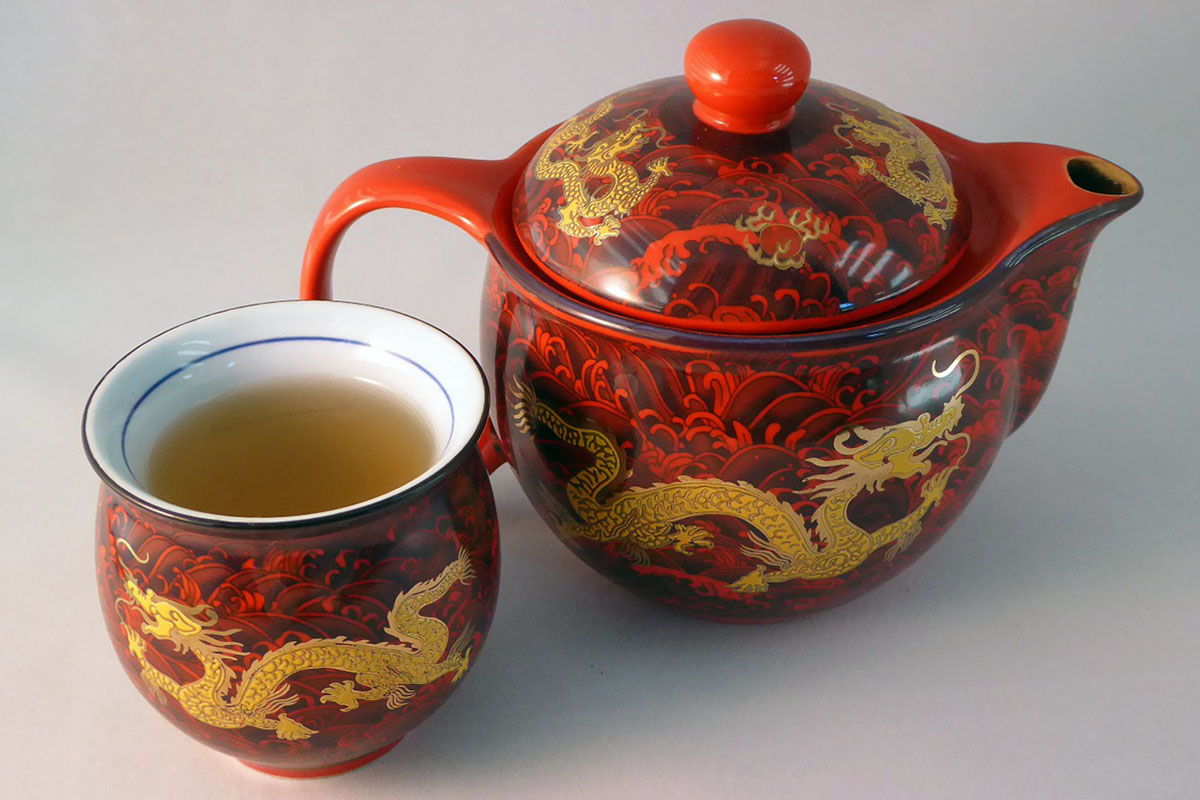Herbs should be processed before using or making into various forms. Because most Chinese herbs are used unprepared, besides general handling, quite a few should be specifically processed to meet demands for their clinical use. Preparation, a traditional Chinese pharmaceutical technology, was formed in a long history of practice with its complete theoretical system and strict technique.
1. Aims of Preparation
High effects, low toxicity and convenience for use are the main aims of preparing Chinese herbs.
1.1. To enhance curative effects
For example: corydalis tuber can obviously strengthen its analgesic effect by stir-baking with vinegar; ephedra can strengthen the effects of alleviating cough, and relieving asthma by stir-baking with honey; and eucommia bark can strengthen the effects of calming the liver and reducing blood pressure by stir-baking with salt.
1.2. To reduce toxic effects
Some extremely toxic should not be used orally without preparation for reducing their toxicity. For example: defatted powder of croton seed, kansui root and knoxia root boiled with vinegar, Sichuan aconite root and wild aconite root boiled for a long time, and pinellia tuber and arisaema tuber decocted with ginger and alum can all reduce their toxic effects.
1.3. To change properties of herbs and expand their uses
Appropriate preparation can change cold or hot nature and augment effects of herbs. For example, dried rehmannia root, being cold in nature for removing heat from blood to stop bleeding, can be made into prepared rehmannia root for warming and tonifying essence and blood. Prepared arisaema being warm and dry in nature for resolving cold phlegm, expelling wind and alleviating spasm, can he made into biled arisaema with cool and moist nature for removing heat, resoling phlegm, expelling wind and arresting convulsion. Fleece-flower root with its main effects of treating malaria and loosing the bowels can be made into prepared fleece flower root with its special effects of tonifying the liver and kidney and nourishing essence and blood.
In addition, through preparation, herbs become easy to use and store. Also, the abnormal flavor and some un-beneficial ingredients are removed.
2. Methods for Preparation
Methods for preparation of Chinese herbs include purification, preparation with water, preparation with fire and preparation with both water and fire. Methods for preparation of Chinese herbs are closely related to their clinical usage;
2.1. Stir-baking
Herbs are put into a pot over a fire, continually stir-baked to a certain extent and taken out. According to extent of heating, herbs can be stir-baked yellow in color, stir-baked charred or stir-baked carbonized. To be stir-baked yellow or stir-baked charred can moderate herbs’ properties or strengthen the effect of invigorating the spleen; and to be stir-baked carbonized can strengthen the effects of stopping bleeding and arresting diarrhea.
2.2. Stir-baking with auxiliary fluid
The common auxiliary fluid includes wine, vinegar, and honey, saline and ginger juice. Herbs stir-baked with auxiliary fluid can strengthen effects, reduce toxicity and remove abnormal flavor. For example: Chinese angelica root stir-baked with wine can strengthen the effects of promoting circulation of blood; corydalis tuber stir-baked with vinegar can strengthen its analgesic effect; and kansui root stir-baked with vinegar can reduce toxicity. In addition, herbs stir-baked with other auxiliary materials including sand and talc powder can make them crispy and en able their active ingredients to be easily decocted out, such as pangolin scales, stir-baked with sand and hedgehog skin stir-baked with talc powder.
2.3. Calcination
Herbs are directly or indirectly calcined over a fierce fire to make them crispy for easily crushing or carbonized. Most of the solid and hard mineral herbs or shells are directly calcined, such as dragon’s bone and oyster shell. Carbonize6 palm and carbonized hair are made by means of calcination in a sealed refractory vessel.
2.4. Roasting
Wrapped in moistened paper or flour paste, herbs are heated in smoldering cinder or roasted in a oven until the coating becomes charred in order to remove oil from herbs or to moderate their properties, such as roasted aucklandia root roasted ginger and roasted nutmeg.
2.5. Steaming
Herbs are steamed solely or with auxiliary materials to change their proper ties, strengthen their potency and reduce their toxic effects.
2.6. Boiling
Herbs are boiled in water and auxiliary materials to reduce their toxicity, such as genkwa flower boiled with vinegar, and Sichuan aconite root boiled with bean curd.
2.7. Water-refining
Mineral herbs insoluble in water are crushed, put in a mortar, ground with water into fine powder in suspension, then poured into a vessel for precipitation and dried, such as wet-refined cinnabar then and water-refined talc.
In addition, there are fermentation, germination, frosting and many other methods for preparation, such as medicated leaven, germinated barley and defatted powder of croton seed.
Source: http://tcm.medboo.com/

